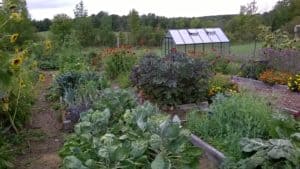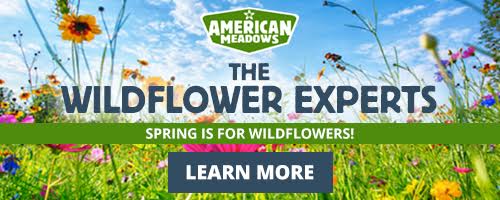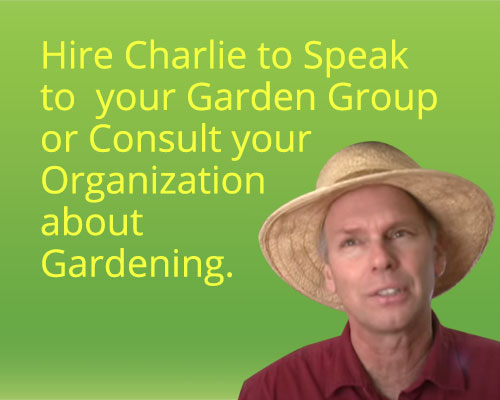 Learn how to plan, design, care for and lay out a basic vegetable garden using my 5 S’s of vegetable gardening: sun, soil, site, size and selection. For more garden videos, check out the National Gardening Association
Learn how to plan, design, care for and lay out a basic vegetable garden using my 5 S’s of vegetable gardening: sun, soil, site, size and selection. For more garden videos, check out the National Gardening Association
Watch: Starting a Vegetable Garden
Transcript
Hi. I’m Charlie Nardozzi of the National Gardening Association. Today I’d like to talk to you about how to set up a vegetable garden. There’s nothing better than growing your own vegetables in your yard. It’s a safe, effective, healthy way to grow produce and save money – and you don’t need acres of land to grow a productive garden. In fact the National Gardening Association estimates a 20 foot by 30 foot garden can yield over $600 worth of produce a year. The key is setting it up properly and having the right design. I like to follow the 5s in a vegetable garden design. Sun, soil, site, size, and selection.
The first consideration is the sun. Fruiting vegetables, such as tomatoes, peppers, beans, squash, and cucumbers all need at least 6 hours of direct sun a day to produce their best. But don’t worry if you don’t have 6 hours of direct sun. If you have 3 or 4 hours of sun a day you can still grow root crops, such as carrots and beets or greens, such as lettuces and spinach. Another consideration is shade from trees or from your house. Where the sun is in the sky in May and June is different from where it is in August. What might be a full sun location when you plant your garden might turn into part shade by the end of the summer.
The next consideration is soil. The soil is the soul of your garden. Treat it well and it will reward you with healthy produce free of insects and diseases. But you have to have well-drained soil. In order to find out if that’s what you have in your yard you need to do a drainage test. Dig a hole 1 foot wide by 1 foot deep and fill it up with water. Let it drain out and fill it up a second time. If it takes more than eight hours to drain out that water you have a water drainage problem and you probably should choose another site for your vegetable garden.
Another thing to consider is the health and nutrition in the soil. In order to find out how that is do a soil test. You can use a test kit like this one, that you can buy at a local garden center or you can send your soil off to a private lab to be tested. It’ll give you the basic information you need as far as the pH and the soil nutrients that are in your soil. Regardless of how healthy your soil is you always should add some compost. If you have poor gravelly or sandy soil then you want to add a two to three inch thick layer before planting and then work it in. If you can feed your soil with some healthy compost you’ll have healthier plants and better produce.
Another important consideration is the site. You want to ideally place the garden near a driveway or a walkway. If it’s out back somewhere it’s out of sight and out of mind. If you plant your vegetable garden and spend maybe five at ten minutes a day in it maintaining it, then you’ll be able to stay on top of it and keep it productive. Also if you place it near a wall or a trellis you’ll be able to grow peas and beans up saving space and actually producing more food from a smaller space.
Which leads me to my fourth consideration, size. For a beginning gardener a four foot wide by ten foot long garden is ideal. Use raised beds. They warm up faster and drain water sooner in the spring allowing you to plant quicker. The important thing to remember is to build a raised bed eight inches tall and no wider than four feet. That way you can reach into the center of the raised bed without having to step on the soil and compacting it. You want to add soil to the raised bed but not just pure garden soil. Make it a 50/50 mix of compost and topsoil. That will be the right fertility for your plants and the right looseness in the soil.
The final consideration is selection. What are you going to grow. It may sound silly but you want to grow what you like to eat. Even though bush beans, tomatoes and lettuce are the easiest vegetables to grow, if you don’t like eating bush beans why grow them. Another thing to remember is that if you have a small space, plant dwarf or small space varieties so they fit in that little area. Finally plant multiple crops in one season. For example in the spring plants spinach and radishes. When they’re done rip them out plant some bush beans. By fall they’ll be done so you can plant kale for a fall garden.


